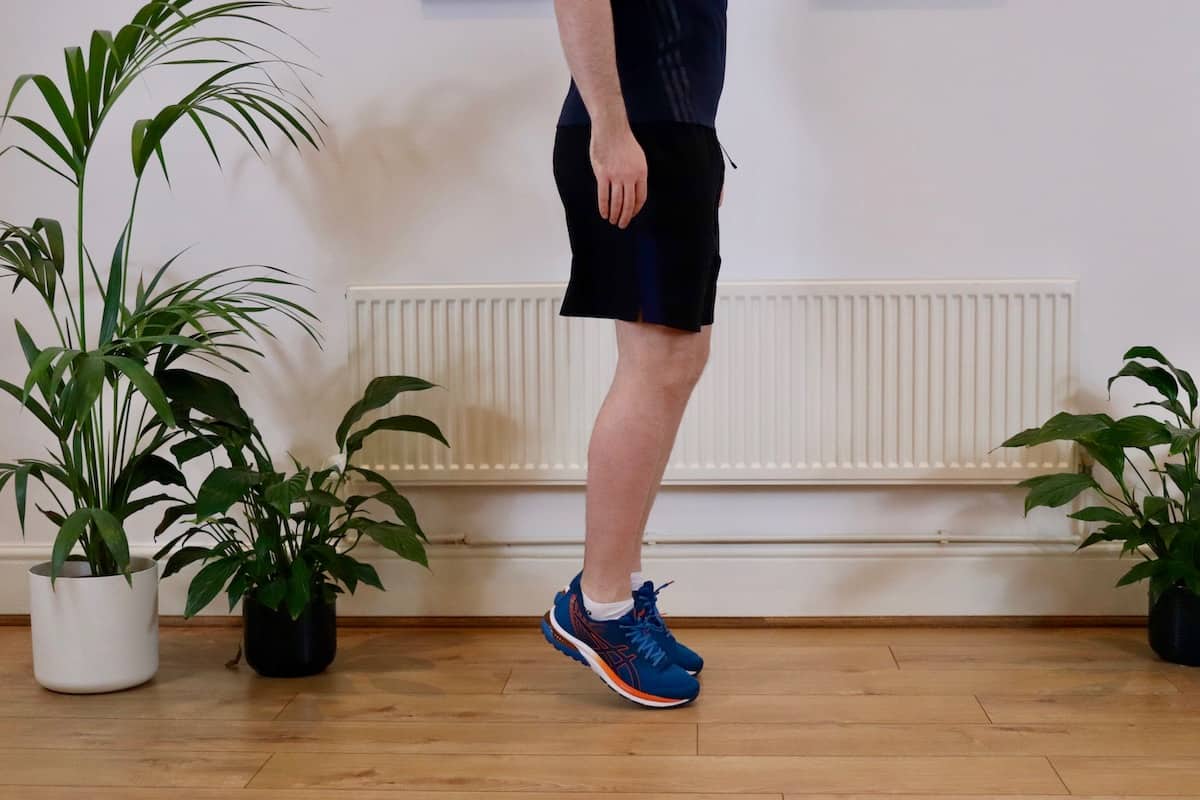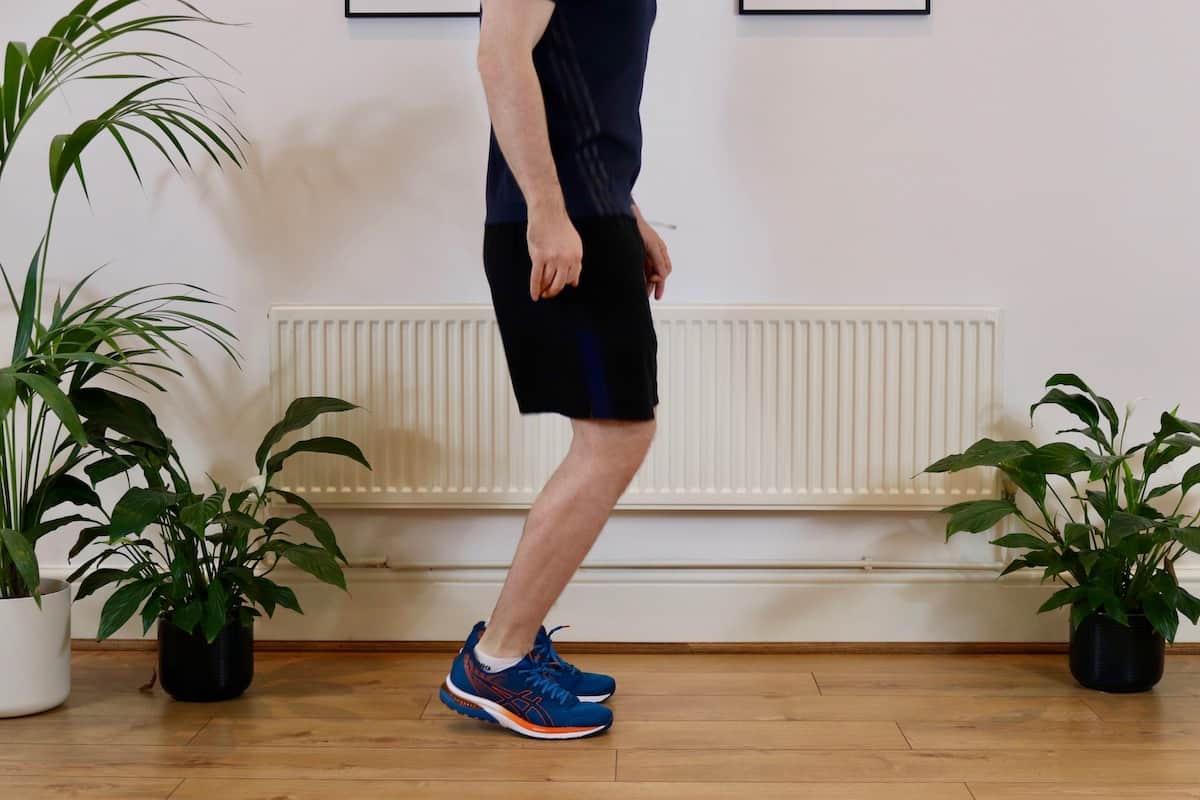Achilles Paratenonitis
Read More >
The Achilles Tendon attaches the calf muscle group to the heel bone, and the lower aspect of the Achilles Tendon is known as the Achilles Tendon Insertion. There is a natural element of compression on the tendon as it wraps around the heel bone, so it is essential to avoid bending your knees over your toes or dropping your heel below neutral if you develop an Insertional Achilles Tendonitis. For most rehabilitation protocols for Insertional Achilles Tendinopathy, no exercises should go below neutral.
Isometric exercises are primarily used for very painful tendons that find it too difficult to take the ankle through the entire range. Historically, there has been some moderate-level evidence that this works well as an analgesic, but some studies have questioned this. However, clinically we have found these exercises beneficial for those with constant Insertional Achilles Tendinopathy pain.

A classic study by Alfredson et al., 1998, highlighted the importance of eccentric exercises for Achilles Tendonitis. Still, since then, we have found that isotonic strengthening (through the range) is as beneficial and has greater compliance as it only needs to be done 3 times a week. However, we will share the eccentric exercise below.

Isotonic strengthening exercises are the most effective treatment for Insertional Achilles Tendinopathy. Exercises should be to ground level and above, never going below neutral. As a rule of thumb, it is okay to have some pain during the exercise once it settles within 24 hours of completion. If the pain remains greater after this period, it is a sign of an overload, and repetitions or weights should be reduced when carried out again. Wait until pain levels have returned to their baseline before recommencing.

Insertional Achilles Tendinopathy Exercises are beneficial for the rehabilitation of the tendon but exercises, where the heel drops below neutral, should be avoided. This includes heel raises off a step below neutral and calf raises on a leg press machine where only the forefoot is on the plate.
Consider avoiding plyometric exercises such as hopping, jumping and box jumps. Cardiovascularly sprinting and hill sprints should be avoided.
This is not medical advice. We recommend a consultation with a medical professional such as James McCormack. He offers Online Physiotherapy Appointments for £45.